
Hero XPulse 200 4V 2000km Long Term Review: Back To Basics
- Jun 18, 2022
- Views : 13322

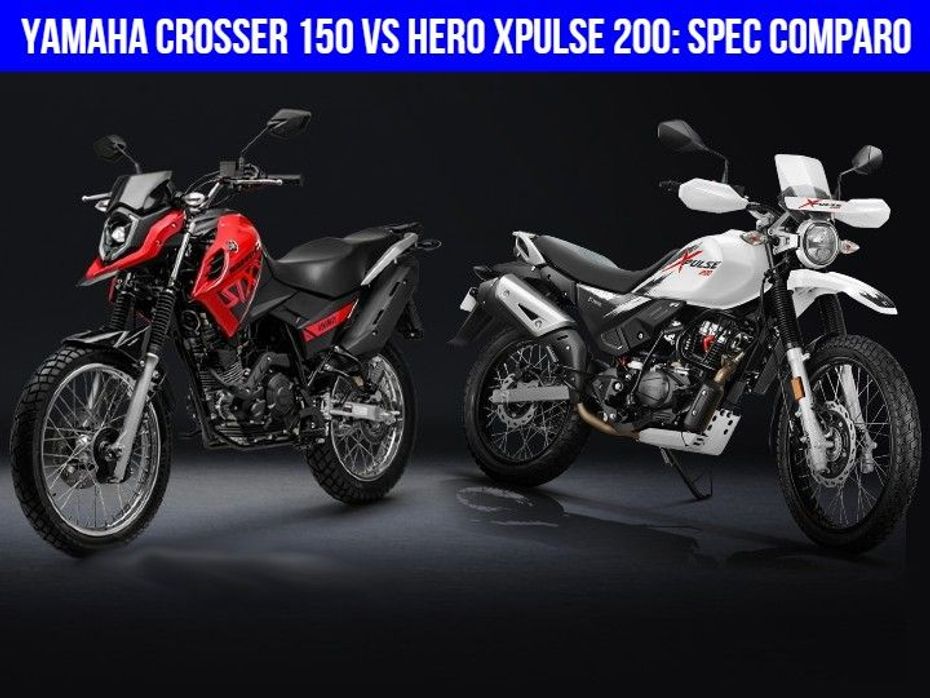
Yamaha has launched the 2023 iteration of its entry-level adventure motorcycle, the Crosser 150, in Brazil. In terms of functionality, it rivals the tried-and-tested desi Hero XPulse 200 ADV. Let’s see how the two clash in terms of specifications.
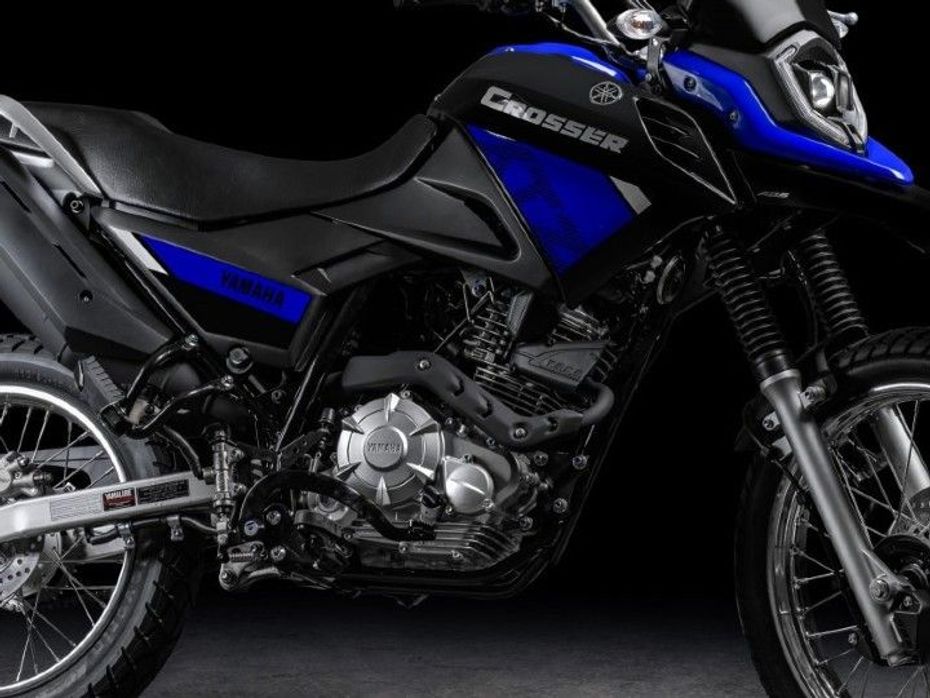
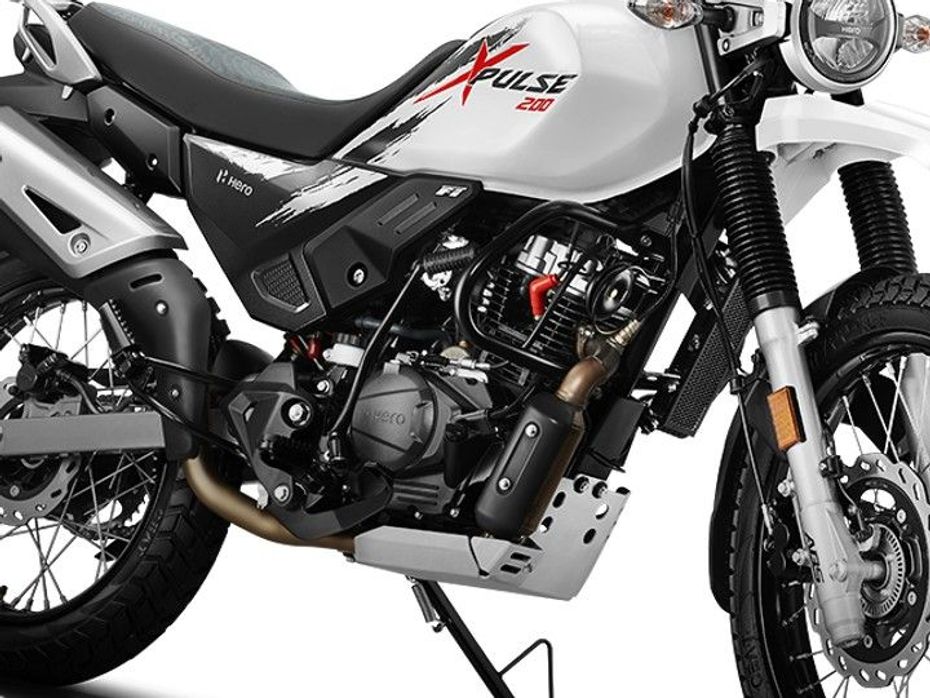
Engine
|
Specifications |
Yamaha Crosser 150 |
Hero XPulse 200 |
|
Engine |
149cc, single-cylinder, air-cooled engine |
199cc, single-cylinder, air/oil-cooled engine |
|
Power |
12.6PS @ 7500rpm |
18.08 PS @ 8500rpm |
|
Torque |
12.75Nm @ 6000rpm |
16.45 Nm @ 6500rpm |
|
Gearbox |
5-speed |
5-speed |
With a bigger 199cc engine, the Hero XPulse 200 is clearly the more powerful bike of the two. It produces over 6PS and almost 4Nm more than the Yamaha Crosser 150. Apart from that, the XPulse also gets a more advanced oil-cooled engine, whereas the Crosser 150’s engine is air-cooled. And despite having a higher kerb weight of 157kg, the XPulse gets a better power-to-weight ratio than the Crosser’s 134kg kerb weight.
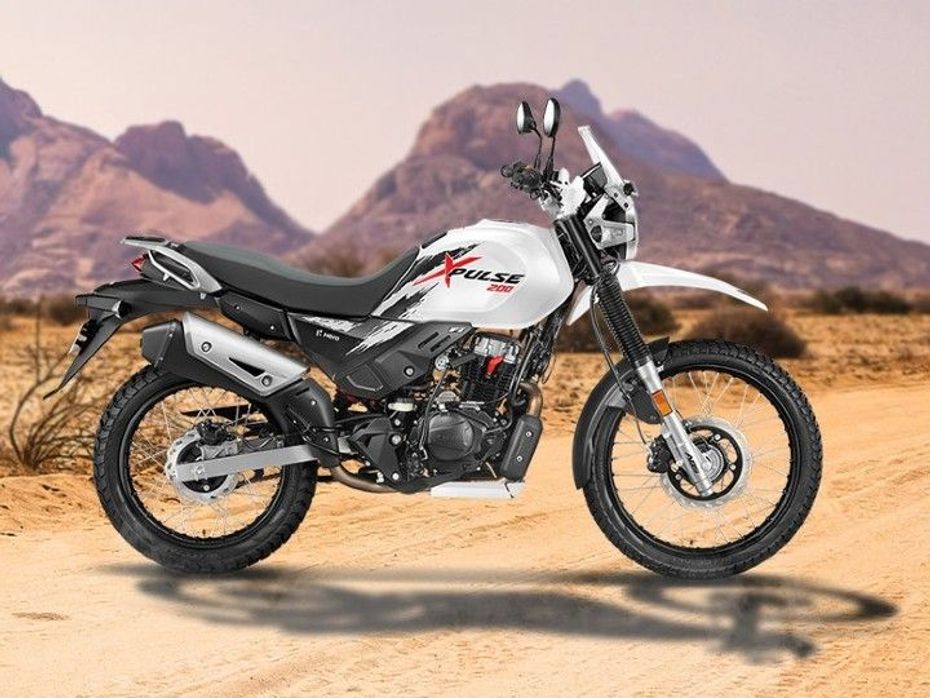
Underpinnings
|
Specifications |
Yamaha Crosser 150 |
Hero XPulse 200 |
|
Frame |
NA |
Tubular diamond frame |
|
Front suspension |
Telescopic fork with 180mm travel |
Telescopic form with 190mm travel |
|
Rear suspension |
Monoshock with 160mm travel |
Monoshock with 10-step preload adjustability, 170mm travel |
|
Front brake |
Disc with single-channel ABS |
Disc with single-channel ABS |
|
Rear brake |
Disc |
Disc |
|
Front tyre |
90/90-19 |
90/90-21 |
|
Rear tyre |
110/90-17 |
120/80-18 |
The 10mm more suspension travel on the Hero XPulse 200 benefits its off-road credentials noticeably. Adding to that, the 10-step preload adjustability on the XPulse’s rear monoshock is a boon especially for off-road enthusiasts. And on the other hand, the Yamaha Crosser just gets 160mm suspension travel at the rear and no preload adjustability.
The XPulse 200 gets bigger 21-inch front and 18-inch rear wheel, which aid in better handling on the rough terrain and the slightly thicker rear tyre also offers a tad better cornering confidence.
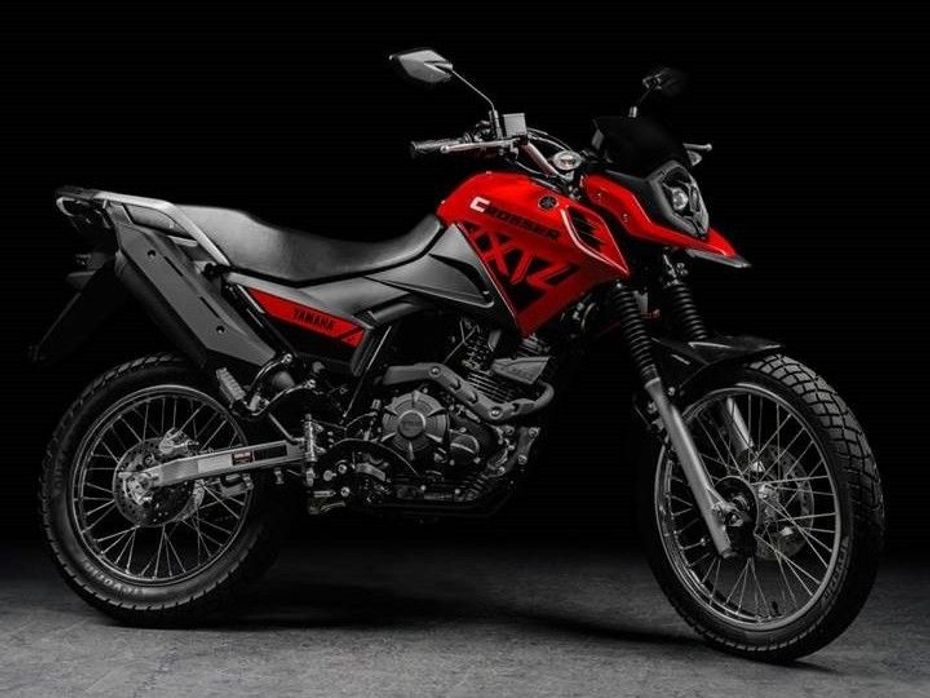
Dimensions
|
Specifications |
Yamaha Crosser 150 |
Hero XPulse 200 |
|
Wheelbase |
NA |
1410mm |
|
Ground clearance |
NA |
220mm |
|
Fuel tank capacity |
12-litres |
13-litres |
|
Seat height |
845mm |
823mm |
|
Kerb weight |
134kg |
157kg |
The Yamaha Crosser gets a higher seat height of 845mm, which would make it less convenient and accessible than the XPulse 200 for different types of riders. Moreover, the desi ADV also flaunts a 1-litre larger fuel tank which will no doubt aid the riders on longer journeys.
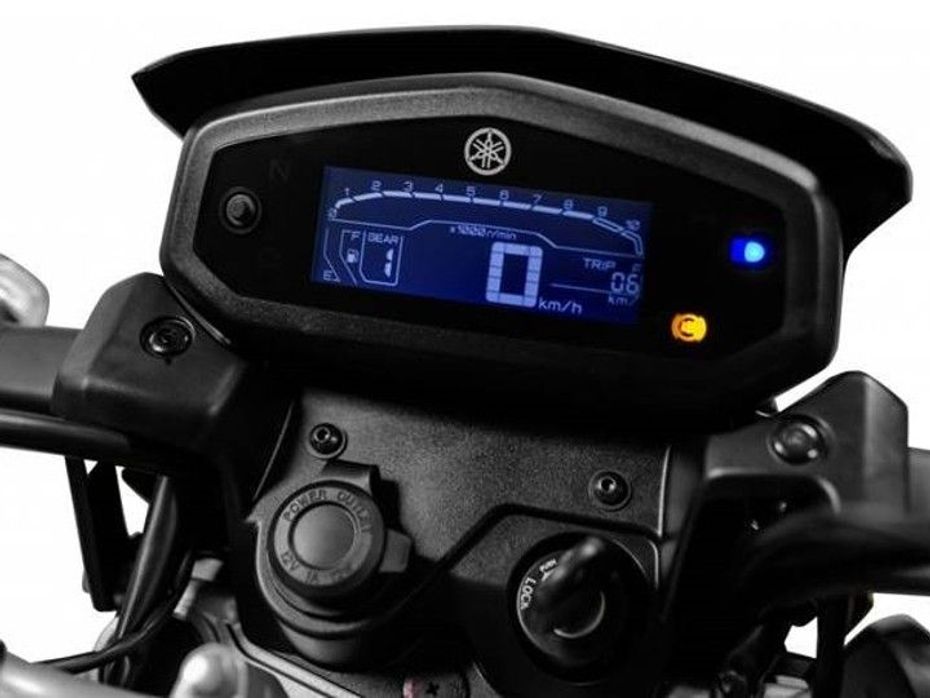
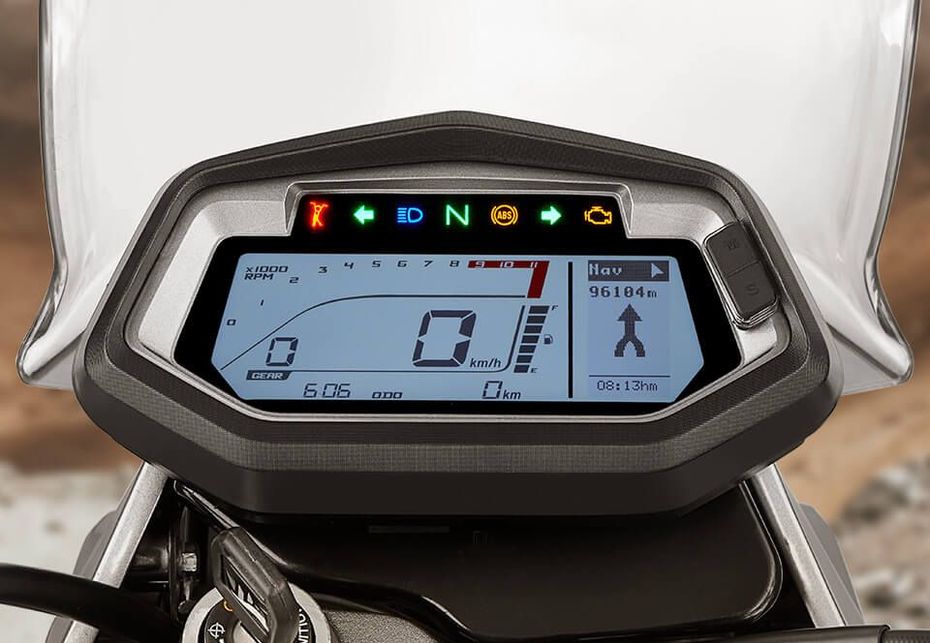
In terms of features, the Yamaha Crosser 150 gets an LED headlight with DRLs, a negative backlit digital instrument cluster without Bluetooth connectivity, and also gets a USB charging socket. The Hero XPulse 200, on the other hand, boasts features such as a fully digital instrument cluster with Bluetooth and smartphone connectivity, turn-by-turn navigation and LED headlights for illumination.
Price & Verdict
|
Yamaha Crosser 150 |
Hero XPulse 200 |
|
f Rs 2.69 lakh in Brazil |
Rs 1,23,150 (ex-showroom, Delhi) |
With a price tag that is more affordable, a bigger engine with better power figures, more features and being more off-road oriented, it is a no-brainer that the XPulse 200 is the better entry-level ADV of the two. The Yamaha Crosser, however, is an incredible looking bike which is also an interesting product but sadly will not be heading to our shores anytime soon.
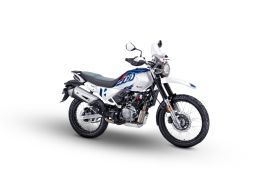

Hero XPulse 200 4V 2000km Long Term Review: Back To Basics

Hero XPulse 200 vs Royal Enfield Himalayan & Comparison Test

Hero XPulse 200 vs Royal Enfield Himalayan: Comparison Review

Hero XPulse 200 vs Impulse: Image Gallery

Hero Impulse vs Hero XPulse 200: Spec Comparison

Hero XPulse 200 vs Royal Enfield Himalayan: Quick Comparison

Hero XPulse 200T vs XPulse 200: Spec Comparison

KTM 390 Adventure vs Himalayan vs Versys-X 300 vs G 310 GS vs XPulse...

Know Your Level Adventure - Hero XPulse 200 4V vs Royal Enfield...
 Yamaha R15S
Yamaha R15S
 Bajaj Pulsar NS200
Bajaj Pulsar NS200
 Honda CB200X
Honda CB200X
 TVS Ronin
TVS Ronin
 Bajaj Dominar 250
Bajaj Dominar 250
India's largest automotive community
 Hero Splendor Plus
Rs. 77,176
Hero Splendor Plus
Rs. 77,176
 Hero Splendor Plus XTEC
Rs. 81,001
Hero Splendor Plus XTEC
Rs. 81,001
 Hero Xtreme 125R
Rs. 96,425
Hero Xtreme 125R
Rs. 96,425
 Hero HF Deluxe
Rs. 59,998
Hero HF Deluxe
Rs. 59,998
 Hero Super Splendor
Rs. 80,848
Hero Super Splendor
Rs. 80,848
 Hero Pleasure Plus
Rs. 71,763
Hero Pleasure Plus
Rs. 71,763
 Hero Xoom 110
Rs. 72,284
Hero Xoom 110
Rs. 72,284
 Hero Destini 125
Rs. 80,450
Hero Destini 125
Rs. 80,450
 Hero Xoom 160
Rs. 1.48 Lakh
Hero Xoom 160
Rs. 1.48 Lakh
 Hero Xoom 125
Rs. 86,900
Hero Xoom 125
Rs. 86,900